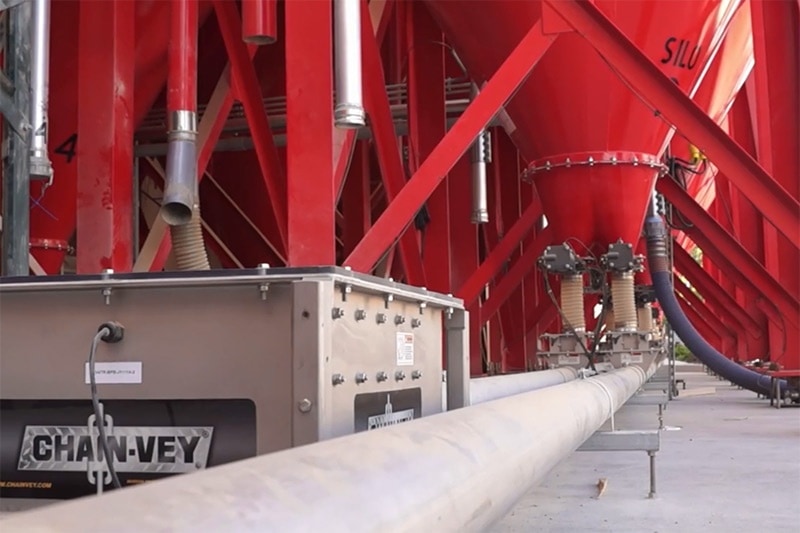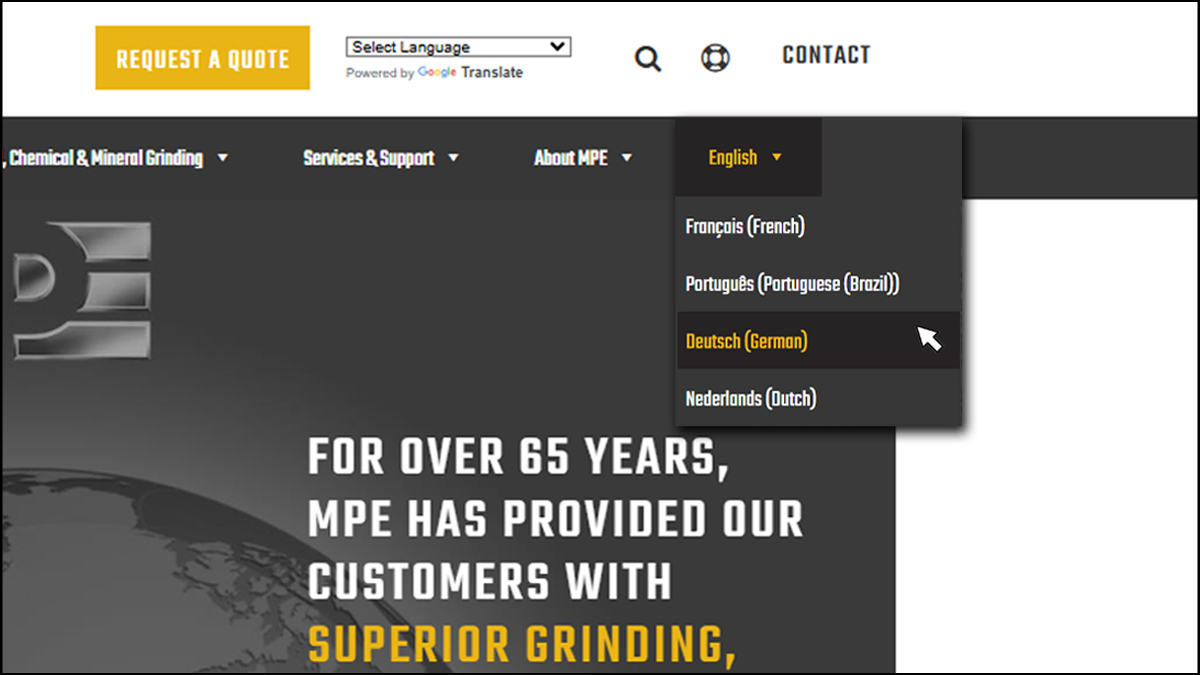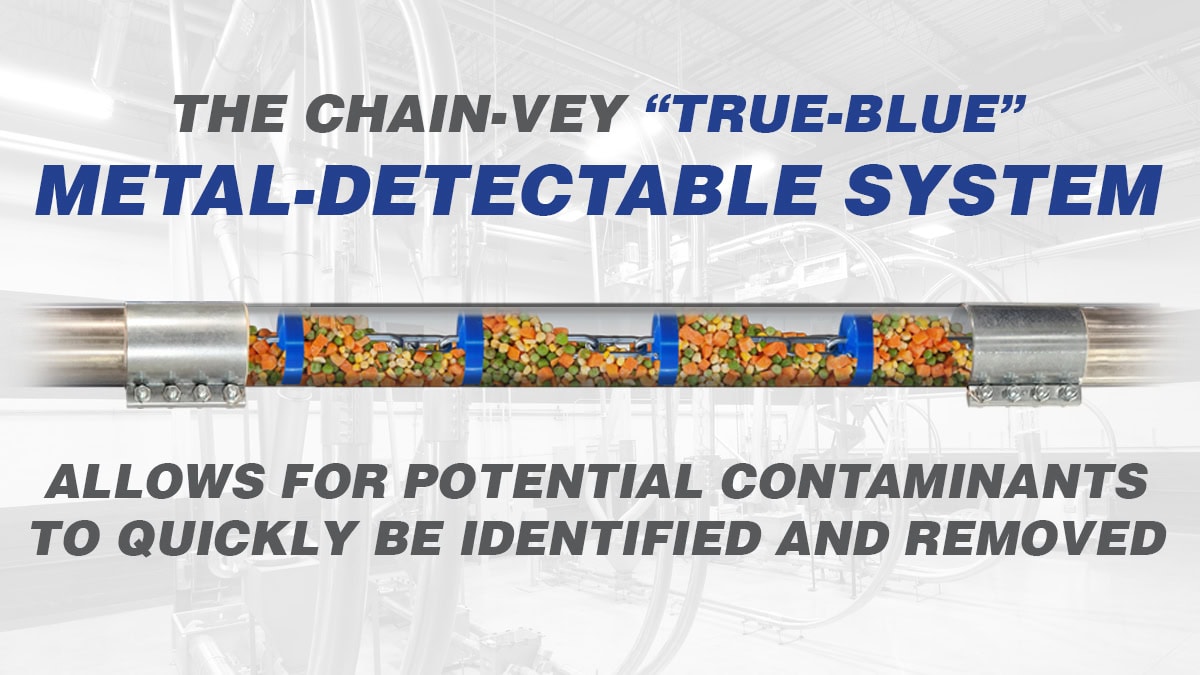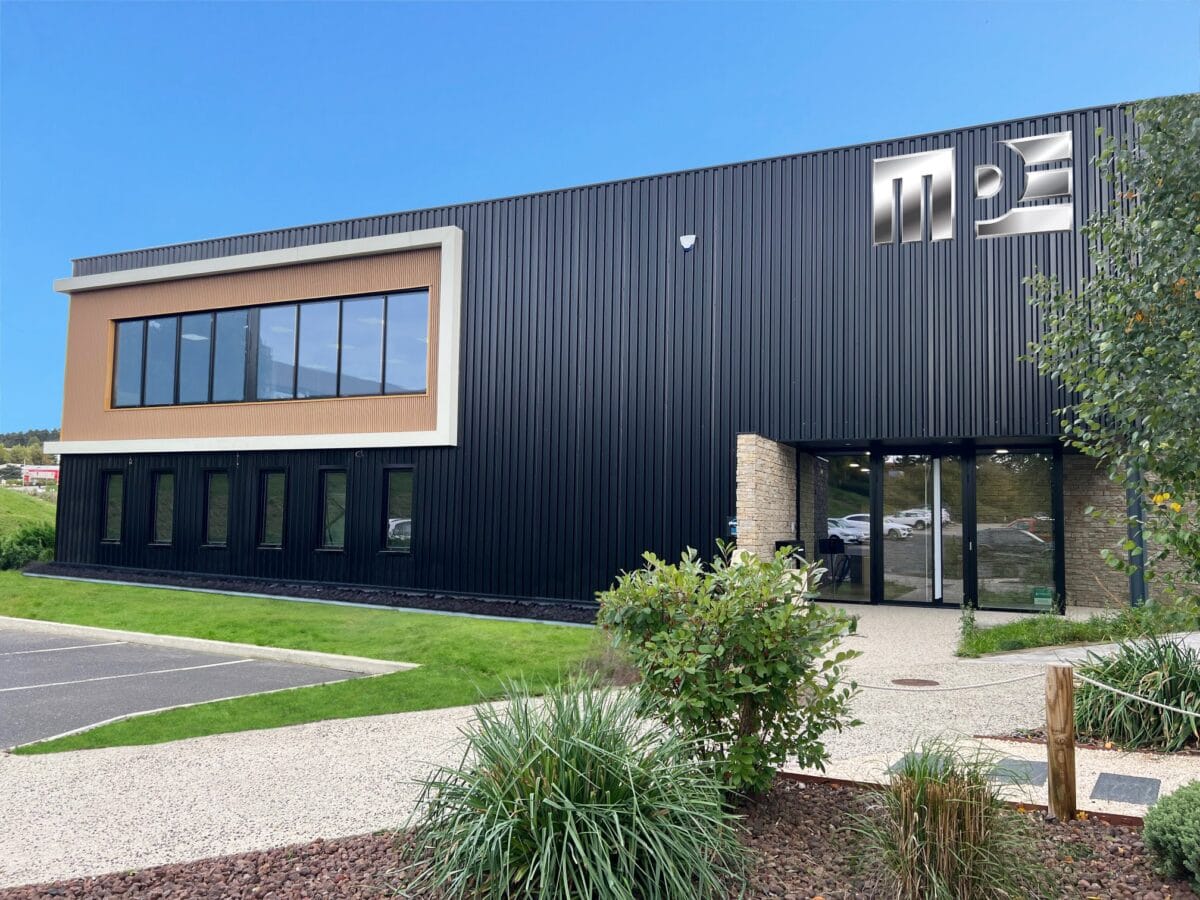“Dust-tight design,” “preserve freshness,” and many other selling points for tubular drag conveyors grace manufacturer websites and advertisements.
These can in fact be meaningful attributes to users of these enclosed conveyors. For a plant manager coming from an open or semi-open bucket elevator, moving to a fully enclosed design can be a leap forward in controlling the environment a product is exposed or not exposed to. But what does a term like dust-tight really mean? Or when a fully enclosed conveyor like Chain-Vey can “preserve freshness,” how does this work? This brief article will explore these terms.
“Dust-tight” means simply that it is very difficult for dust or environmental particulate to enter the conveyor. This is true in both water-tight CIP and standard Chain-Veys. Chain-Veys are fully enclosed with couplings and gaskets covering the seams of the pipes. At Turnarounds and discharges, they are completely covered and sealed. The same is true for all inlets, brush boxes, and any other ancillary inline equipment. Theoretically it is not impossible for a speck of dust to enter a Chain-Vey, as they are not hermetically sealed by design, but this is a straw-man fallacy for virtually all users in processing industries. At such a demanding degree of cleanliness, factors like the facility’s HVAC system, cleanroom suits, and other dust-prevention protocols come into play. Thus, “dust-tight design” for the vast majority of current and future Chain-Vey users means that the product is leaps and bounds safer than many other competing conveyor options available on the market. A single worker’s sneeze does not imperil a batch of valuable product, for instance.
Freshness is a little more open to interpretation. Chain-Veys, being the enclosed design that they are, greatly reduce the exposure to the ambient environment. This includes continual exposure to the oxygen in the atmosphere at a facility. Chain-Vey’s are so good at maintaining a stable environment inside the pockets between each flight of discs, that plant designers can run systems outdoors between buildings, silos, etc. without any degradation. Freshness can also be actively supported by pushing inert gas, such as nitrogen, throughout the system to have a mild gas positive environment. This ensures that a positive flow of nitrogen is gently pushing out of the conveyor and discharges, inlets, or any non-hermetically sealed points. The result is an oxygen-free environment which actively prevents oxidation of food products. This type of feature is sometimes used in freshly roasted coffee conveyance and storage, during degassing. It is effective at preventing staleness in coffee.
In closing there are many benefits of using a dust-tight, enclosed conveyor that preserves freshness and can even offer some active options for supporting freshness of products. Tubular drag conveyors, in addition to their dust-tight and enclosed design, also move product in a very gentle way that prevents breakage and degradation. For these and many other reasons, tubular drag conveyors are used in food and dry bulk processing systems around the world. To learn more about Chain-Vey’s specifications, we encourage you to contact our sales engineers.




